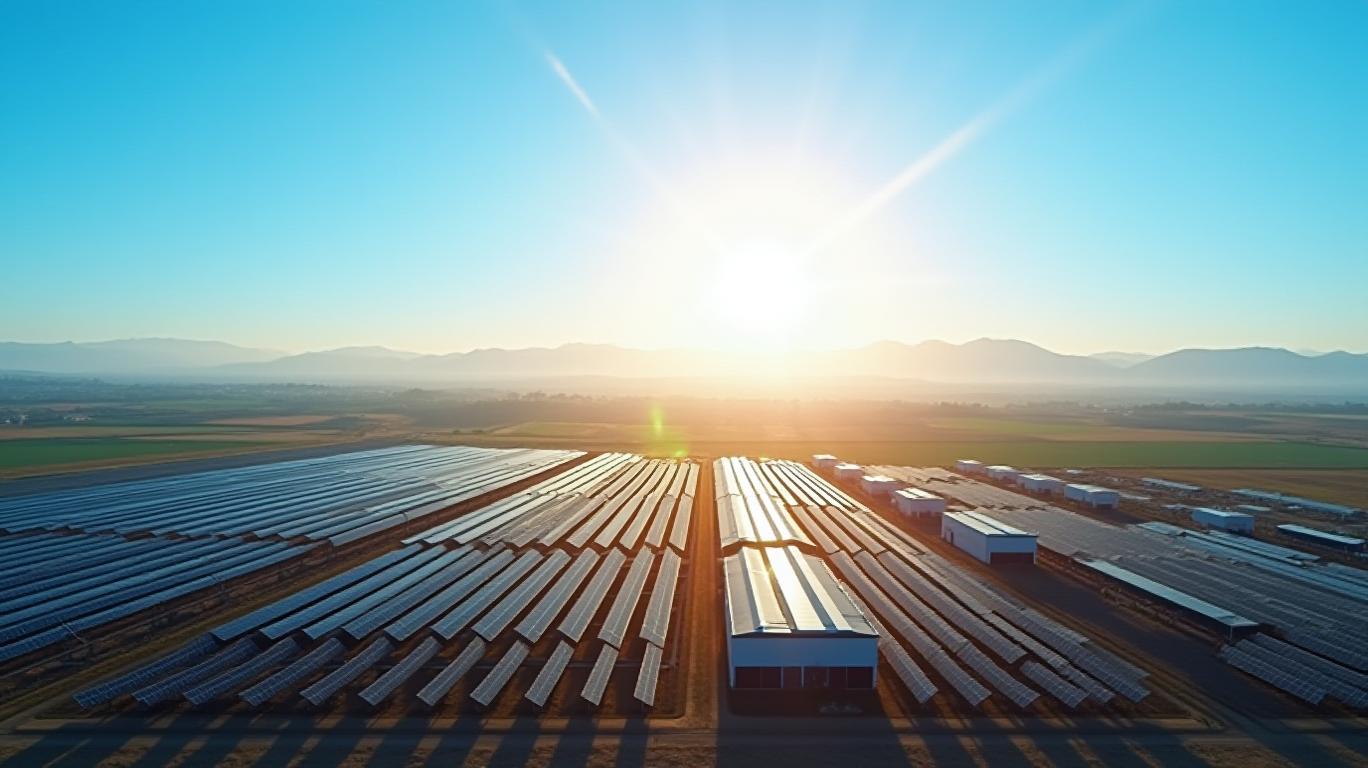EDPR's Grid and Storage Vision: Lessons from the Iberian Outage
The April 2025 blackout that crippled the Iberian Peninsula—a rare, near-total grid collapse affecting Spain, Portugal, and neighboring regions—served as a stark reminder of the vulnerabilities in modern energy systems. For EDP Renováveis (EDPR), Portugal’s leading renewable energy firm, the outage crystallized the urgency of its strategic focus: integrating grid resilience and energy storage into the backbone of the energy transition. CEO Miguel Stroud Andrade has framed this moment as a catalyst for investment in the very infrastructure needed to prevent future crises. Here’s why investors should take note.
The Iberian Outage: A Wake-Up Call
The 10-hour blackout on April 28, 2025, left millions without power, caused at least eight deaths, and inflicted €1.6 billion in economic losses on Spain alone. While the immediate trigger—a cascade of generator failures and grid oscillations—was technical, the outage exposed systemic risks amplified by the rise of renewables. Solar and wind supplied nearly 70% of Spain’s electricity on the day of the outage, yet the grid’s reduced inertia (a byproduct of non-rotational renewables like solar) left it acutely vulnerable to instability.
EDPR’s CEO was unequivocal in his analysis: “Renewables together with storage remain absolutely critical technologies to satisfy electricity demand.” His comments during the Q1 2025 earnings call underscored a clear thesis—that grid resilience and energy storage are not optional upgrades but foundational to a stable energy future.

EDPR’s Strategic Response: Grid Storage as a Growth Engine
The CEO’s vision translates into actionable investments. In 2025, two-thirds of EDPR’s 2 GW capacity additions are focused on solar and storage projects, with North America leading the charge (80% of new projects there prioritize these technologies). In Europe, solar and wind projects in Italy, Germany, and France are paired with storage integration. This pivot reflects a calculated bet: storage systems can stabilize grids by storing excess renewable energy during peak production and releasing it during lulls, addressing the intermittency challenge.
Supply chain resilience is another pillar. To mitigate risks from tariffs, EDPR has reconfigured its procurement strategy in the U.S., favoring domestically manufactured equipment. The CEO noted that 95% of 2025–2026 projects’ equipment is already secured or tariff-exempt, limiting financial exposure to less than €25 million—a mere 1% of total capital expenditures.
Note: A visual comparison would show EDPR’s stock outperforming broader energy indices as investors reward its proactive grid-storage strategy.
Financial Muscle and Regulatory Tailwinds
Backing this strategy is a €3 billion gross investment plan for 2025, funded by a mix of asset rotations (€2 billion) and tax equity financing (€1 billion). These proceeds will help EDPR maintain its net debt target of €8 billion by year-end, even as it scales up storage projects.
Regulatory support further bolsters the case. In the U.S., the Inflation Reduction Act (IRA) has enabled EDPR to lock in 1.5 GW of projects under safe harbor agreements, shielding them from legislative shifts. Meanwhile, corporate and utility demand for PPAs (Power Purchase Agreements) is surging, with storage-enabled projects commanding premium pricing due to their reliability.
The Bottom Line: Storage is the New Grid
The Iberian outage has reframed the energy debate. While critics once dismissed renewables as inherently unstable, the post-blackout consensus—echoed by EU officials—holds that the outage was not caused by renewables, but by systemic inertia deficits and grid design flaws. EDPR’s CEO has seized this moment to position storage as the “missing link” between today’s renewable capacity and tomorrow’s grid reliability.
Investors should heed the math:
- Grid storage markets are projected to grow at a 14% CAGR through 2030, with Europe and North America as key hubs.
- EDPR’s 9% year-over-year reduction in operational costs per MW (driven by scale and synergies) lowers the hurdle for profitable storage deployments.
- The company’s €3 billion investment plan aligns with a world where grid resilience is no longer optional but essential—a market it is uniquely positioned to dominate.
Conclusion: Betting on Stability
The Iberian blackout was a rare systems-level failure, but it crystallized a universal truth: the energy transition must be paired with grid modernization. EDPR’s CEO has turned this lesson into a growth roadmap—prioritizing storage, shoring up supply chains, and leveraging regulatory tailwinds. For investors, the equation is clear: in a world where grid reliability is increasingly tied to storage innovation, EDPR is building the infrastructure of the future.
With €8 billion in net debt and a proven ability to monetize assets (€2 billion from sales in 2025 alone), the company is financially equipped to scale. As markets grapple with the costs of instability, EDPR’s vision—rooted in the ashes of April’s outage—may prove prescient. The grid of tomorrow will not just generate clean energy; it will store it, distribute it, and defend against the next crisis. That’s a bet worth making.

Comments
No comments yet